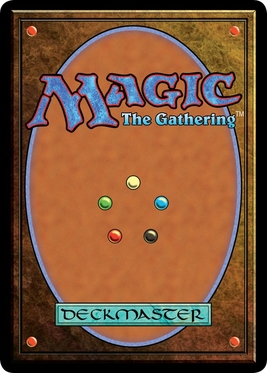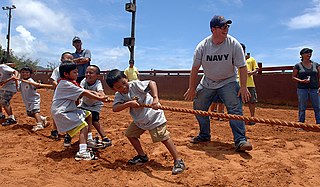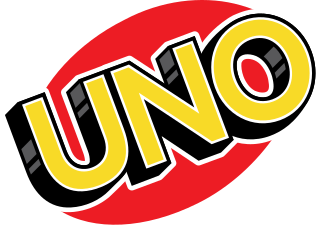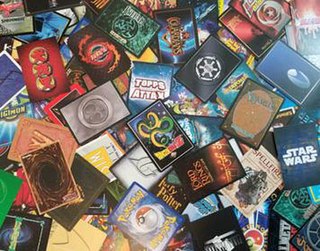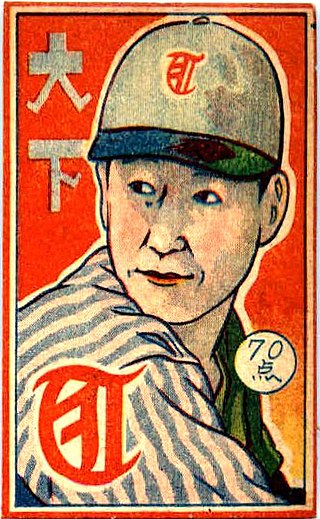History

The game of milk caps possibly originated in Maui, Hawaii, during the 1920s or 1930s, [2] [3] or possibly with origins in Menko, a Japanese card game very similar to milk caps, which has been in existence since the 17th century, during the Edo period. [4] The game of milk caps was played on the Hawaiian island of Maui as early as 1927. [5] [6] [7] There are cap collectors that have caps dating back to the 1940s and 1950s. [8]
After new packaging made cardboard milk caps obsolete in the 1950s, manufacturers such as Haleakala Dairy and Orchards Hawaii occasionally distributed the caps as promotional items. [8] [9] When Haleakala used the caps to successfully promote the 1971 introduction of their fruit drink Pog, it led to a surge in similar promotions and milk cap collecting. [10] [11] In 1991, Haleakala expanded to the more populated Oahu island, which led to a revival of the game. With this revival, the Pog name began being used generically for the game. [8]
The 1990s revival is credited to Blossom Galbiso, a teacher and guidance counselor who taught at Waialua Elementary School in Oahu. In 1991, Galbiso introduced the game she had played as a girl to a new generation of students, incorporating milk caps into her fifth grade curriculum as a way of teaching math and as a non-violent alternative to other popular schoolyard games, such as dodgeball. [5] The game spread from Oahu's North Shore, and by early 1992, Stanpac Inc., a Canadian packaging company that had been manufacturing the milk caps distributed by Haleakala Dairy on Maui (the same caps that were collected by Galbiso for her class), was printing millions of milk caps every week for shipment to the Hawaiian island chain. The game spread to the mainland, first surfacing in California, Texas, Oregon, and Washington before spreading to the rest of the country. By 1993, the previously obscure game of milk caps, which had almost been forgotten, was played throughout the world. [12]

Milk caps returned to popularity when the World Pog Federation and the Canada Games Company reintroduced them under the Pog brand name in the 1990s. The Pog fad soared, and peaked in the mid-1990s. [13] [14] Pogs were being handed out for opening bank accounts and in McDonald's Happy Meals. [8] With the end of the Pogs fad, Canada Games went out of business in 1997.
Seven other companies entered the milk cap field after a comic book and card industry convention in January 1993. SkyBox International and Marvel added the product to their lines under the names SkyCaps and Hero Caps respectively. [8] The game had spread to California, Florida and Texas. [9]
The term Pog was claimed as trademark by the World Pog Federation while other companies claimed it was a generic term as it was selected by the children that played the game. In October 1994, a lawsuit was settled between World Pog and Universal Pogs Association. Pog was recognized as World Pog's exclusive term and Universal Pogs changed its name to Universal Slammers, Inc. [9]
Because many children would keep the milk caps they won in games from other players, many school districts considered milk caps a form of gambling. [4] [15] Milk caps proved to be major distractions from classes and the source of various playground arguments. These elements eventually led to the banning of milk caps from various schools across North America. [15] [16] Other bannings occurred across Australia and Sweden. [17] [18]









